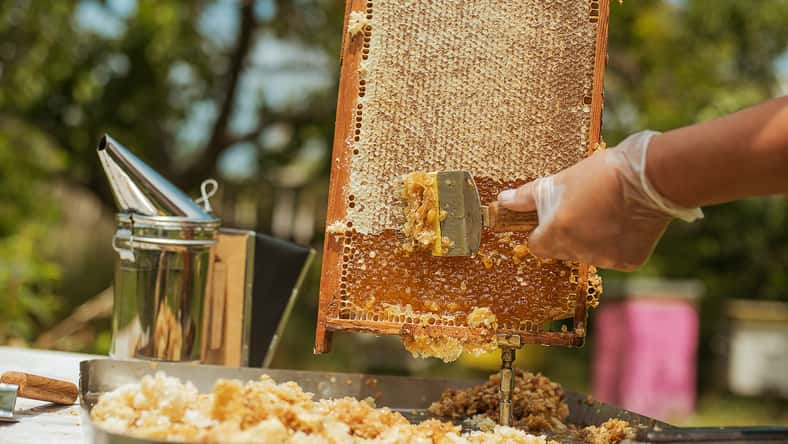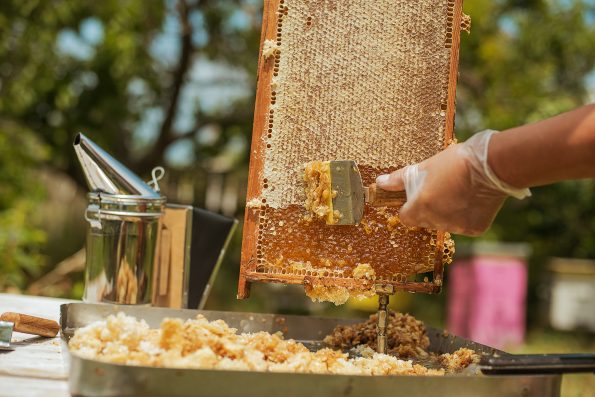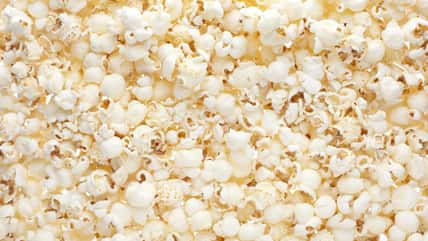Honey Doesn’t Exactly Go Bad, And It’s All Thanks To Bees That It’s So Resistant To Spoiling

When stored properly, honey can last for a very long time. It does not have an expiration date, so you can drizzle it over your yogurt or add it to your tea whenever you want without worry. But how is honey so resistant to spoiling? It’s all thanks to honeybees.
There are at least 300 known types of honey that are produced by over 20,000 honeybee species. Honeybees produce the thick, sticky sweet nectar with chemical properties that prevent it from going bad. With a low water content and high acidity, honey does not provide ideal conditions for bacteria to thrive.
The process of making honey involves bees collecting nectar from flowers and turning sucrose into highly concentrated simple sugars. Afterward, the bees will regurgitate the sweet liquid and leave it for other bees in the hive.
In the bees’ stomachs, glucose oxidase breaks down the glucose in the nectar, turning it into gluconic acid and hydrogen peroxide.
When the digested nectar is placed in the honeycomb, the water from it slowly evaporates, and the sweet liquid becomes viscous. The final product is honey.
Gluconic, acetic, formic and citric acid are present in honey, making the substance even more acidic than coffee. Most microbes cannot survive in the low pH levels of honey.
So, honey remains safe to consume for long periods of time. But, its quality and appearance do change after a while.
Exactly how much honey changes all depends on the types of bees and flowers used to make it.
If your honey ever gets solid or appears crystallized or cloudy, it’s not a cause for concern, but here’s what you should do.

reepeoplea – stock.adobe.com – illustrative purposes only
If this happens to your jar of honey, you can restore its appearance by heating up your honey in the microwave or in a pan of hot water. This helps to melt or clarify it. These changes can also affect its nutritional components.
Honey is mostly made up of sugars, but it contains minerals, enzymes, vitamins, and organic acids as well.
In addition, honey has flavonoid and phenolic compounds, which are responsible for the substance’s antioxidants and anti-inflammatory properties.
When honey is stored for a long time, it can undergo a Maillard reaction, a chemical reaction that occurs between amino acids and reducing sugars that leads to browning. As the sugars dehydrate, they produce a compound called 5-hydroxymethylfurfural (HMF).
The compound has the potential to be toxic if consumed in large amounts. It is also found in breakfast cereals, milk, dried fruit and other food products.
Some research has indicated that HMF can cause cancer, while other research has suggested it can prevent allergic reactions. The compound is still poorly understood.
To promote honey’s longevity, store it in its original container in a cool, dry area away from sunlight. It is not recommended to store honey in the refrigerator.
Sign up for Chip Chick’s newsletter and get stories like this delivered to your inbox.
More About:News





